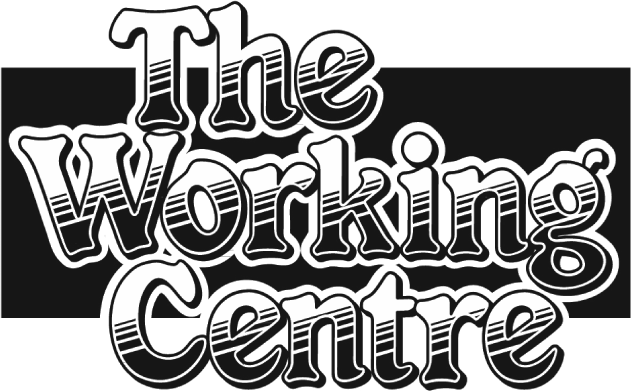The S.P.A.R. or S.T.A.R. (Situation, Task/Problem, Action, Result) technique is very helpful in responding to behavioural questions.
1. Describe the Situation
2. Describe the Task/Problem at hand
3. Outline the Action to be taken
4. Explain the end Results.
Look at your actions on the job or in volunteer positions in terms of Problems, Actions and Results. In other words: What problem existed in your workplace? What action did you take to resolve the problem? What were the beneficial results of your action?
An Example is: "I worked as part of a team (Situation) to transform a disorganized, inefficient warehouse (Task/Problem) into a smooth-running operation by totally redesigning the layout (Action); this saved the company $250,000 in recovered stock (Results)."
Using the S.P.A.R. approaches takes a lot of practice and requires careful preparation for an interview. If your resume is written using ‘accomplishment statements’, this will help you to remember the situations you want to describe to the employer.
Participate in The Working Centre’s SPAR Approach to Interviews workshop, or talk to an Employment Counsellor to prepare some of your typical examples.
*Another Note on Practice Interviewing
Practicing for an interview is paramount to your success—preparing in your head just isn’t enough!
Consider answering questions out loud in front of a mirror, ask a friend or Employment Counselor to host a mock interview, video tape yourself answering interview questions using the S.P.A.R. approach, and then review your performance carefully—did you answer the question clearly and succinctly? Do you appear engaged and smartly dressed? What was your body language saying? Were you making eye contact, maintaining good posture and refraining from playing with your hands?

